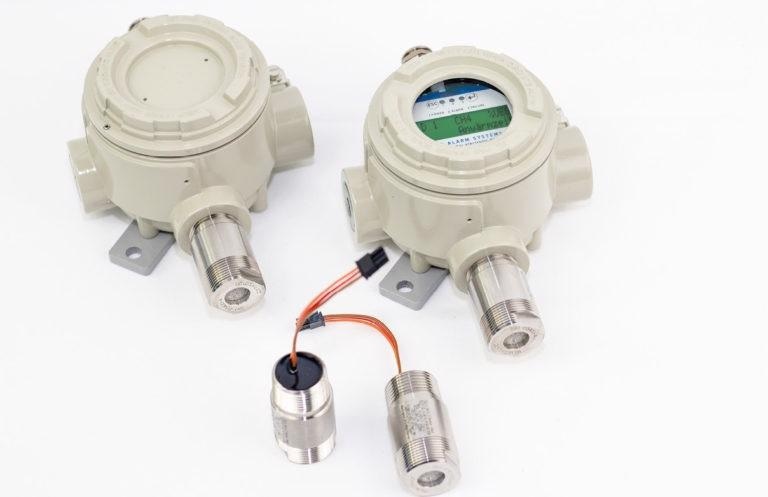Most waste deposits contain significant amounts of organic material, which produce what is known as ‘landfill gas’. This gas is produced via a range of biochemical metabolic processes and typically has a strong odor.

Image Credit: © Baggeb at Pixabay
Landfill gas is primarily comprised of methane (CH4) and carbon dioxide (CO2), though it often contains nitrogen (N2), hydrogen sulfide (H2S) and other trace gases.
Methane remains one of the most prominent greenhouse gases and is a key driver of global warming. The presence of landfill gas poses a number of risks and is simultaneously a danger to people, equipment, facilities and climate.
Some compositions of hydrocarbons are explosive. For this, methane must be present in concentrations between 4.4% vol and 16.5% vol and an oxygen content of at least 12% vol in the mixture. Other gases may be toxic, for example, hydrogen sulfide.
MSR-Electronic’s gas warning systems offer robust and reliable protection from these risks.
The systems use gas wells to collect methane gas at different points on the landfill site (Measuring Point 1) before transferring this to a pipeline system (Measuring Point 2). In most instances, the gas is then conducted to a CHP unit (Measuring Point 3) which converts it into electricity.
Monitoring Landfill Gas in Residential Areas
Old, buried domestic waste landfills continue to produce methane gases even after decades of not being in active use. This has an adverse effect on the environment as well as impacting the quality of life of residents in nearby residential areas.
Action must be taken retrospectively where these landfills are present, requiring the use of various methods of gas detection in line with the environment these are to be used within.
MSR-Electronic has developed a range of individual gas sensors and controllers suitable for numerous applications. These include tunnels, parking garages, petrochemical facilities, laboratories and medical facilities.
Gas sensor solutions are also available for the waste disposal industry, where there is a particular risk of combustible or toxic gas concentrations forming.
MSR Solutions for Fixed Gas Warning Systems
Many facilities benefit from the use of gas measurement devices designed to protect employees working in danger zones.
For example, the PolyXeta®2 is a microprocessor-based gas sensor that features 4–20 mA or RS-485 Modbus output signal capabilities alongside alarm and fault relay options. This device is able to monitor ambient air, using an electrochemical sensor element to detect toxic gases or measure oxygen concentration.
Where sensors do not come equipped with an inbuilt LC display, calibration can be performed via the convenient STL06-PGX2 calibration device or the PCE06-PGX2 PC software package.
Sensors featuring an LC display include an integrated calibration routine. This can be launched using a permanent magnet, meaning there is no need to open the sensor housing.
Sensors featuring an LC display provide an additional visual cue as the background lighting changes from green to red when an alarm or error occurs.

Image Credit: © MSR-Electronic GmbH, Germany, methane gas detector PX2
The PolyXeta®2 offers an array of benefits, including:
- ATEX 1/2 and IEC Ex certificates (ensuring electrical Ex protection)
- Metrological test & SIL2 safety functions: 4–20 mA, RS-485 and relays
- ‘Ex db’ model with flame-proof enclosure - ideal for Zone 1 or 2 applications
- ‘Ex nA’ mode offers additional protection for Zone 2 applications
- Robust enclosure featuring additional FM and CSA certificates for Class I, Div. 1
- Continuous monitoring capabilities
- Microprocessor featuring 12-bit converter resolution
- Straightforward calibration and self-monitoring capabilities
- Calibration can be performed by exchanging the sensor head
- Proportional 4–20 mA output
- Serial interface allowing easy connection to the control center
- Overload and reverse polarity protection
- Optional LC display with status LEDs and/or alarm and fault signal relay

This information has been sourced, reviewed and adapted from materials provided by MSR-Electronic GmbH.
For more information on this source, please visit MSR-Electronic GmbH.